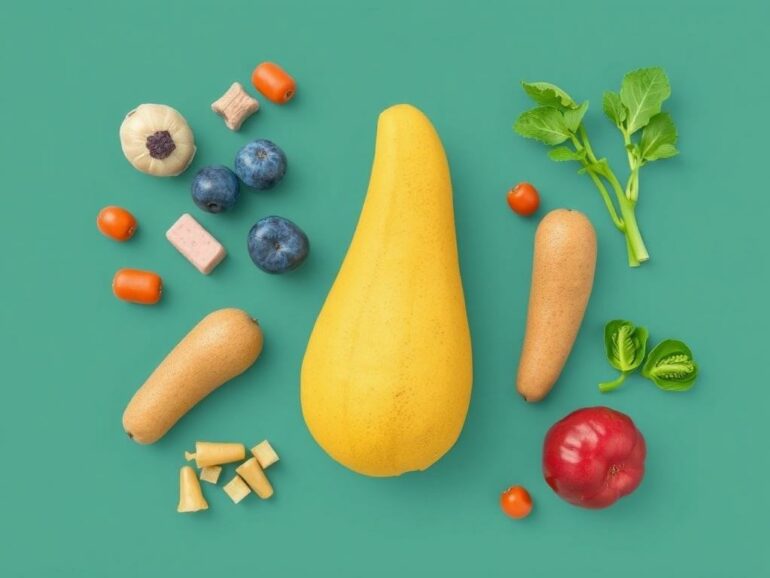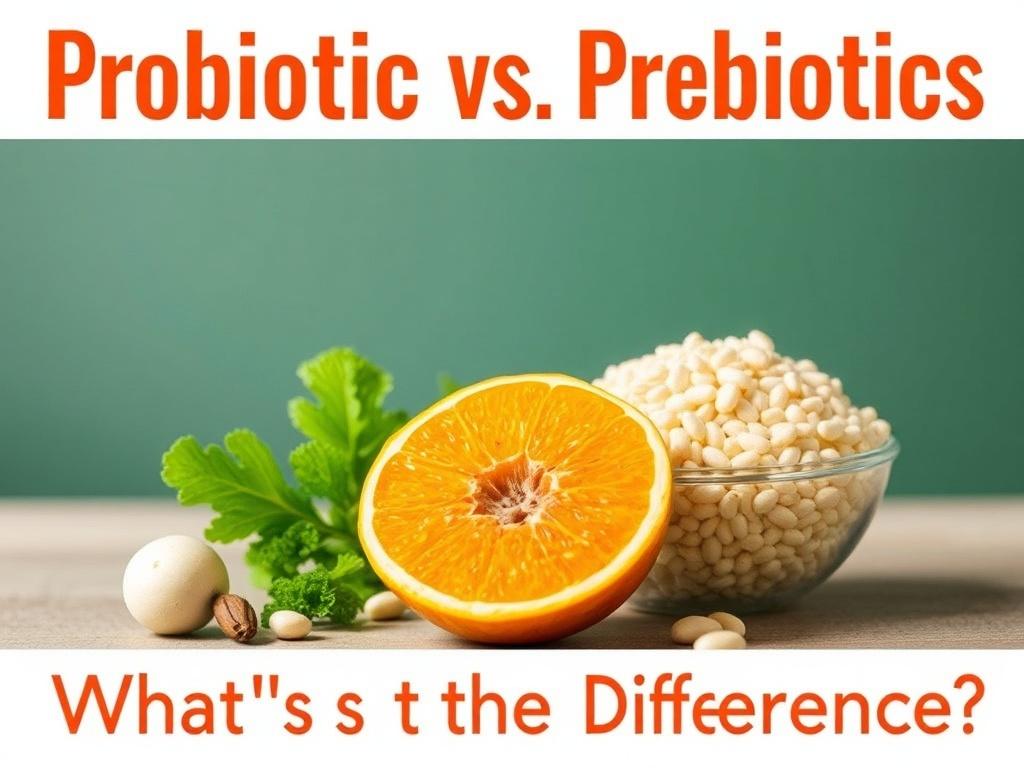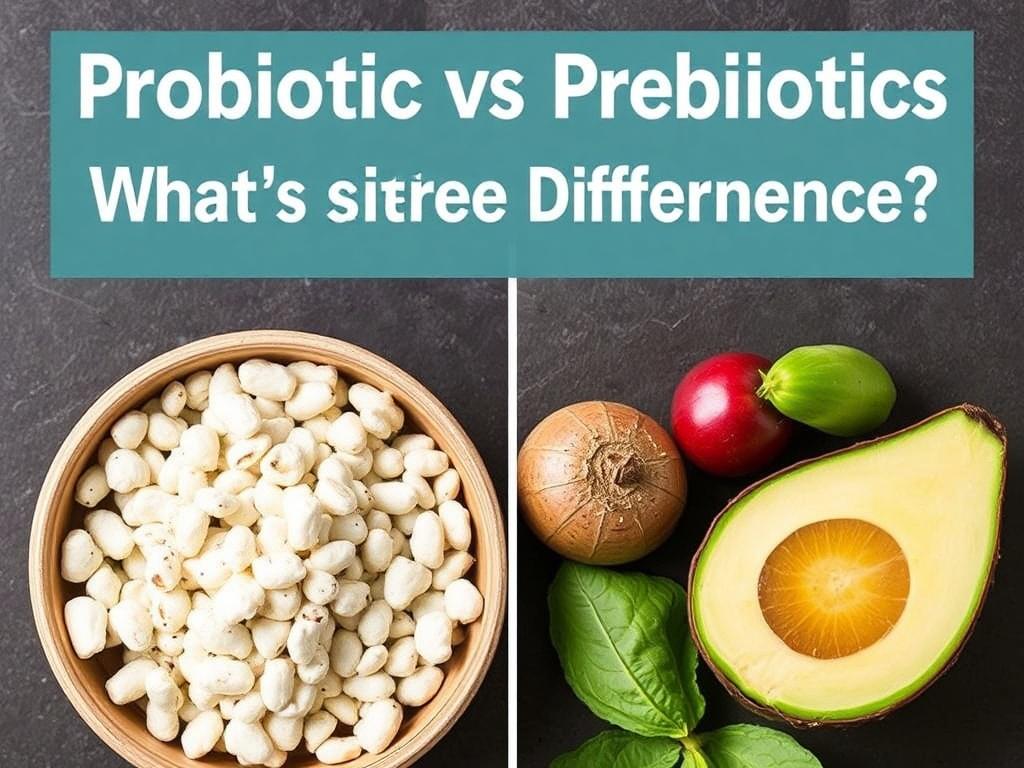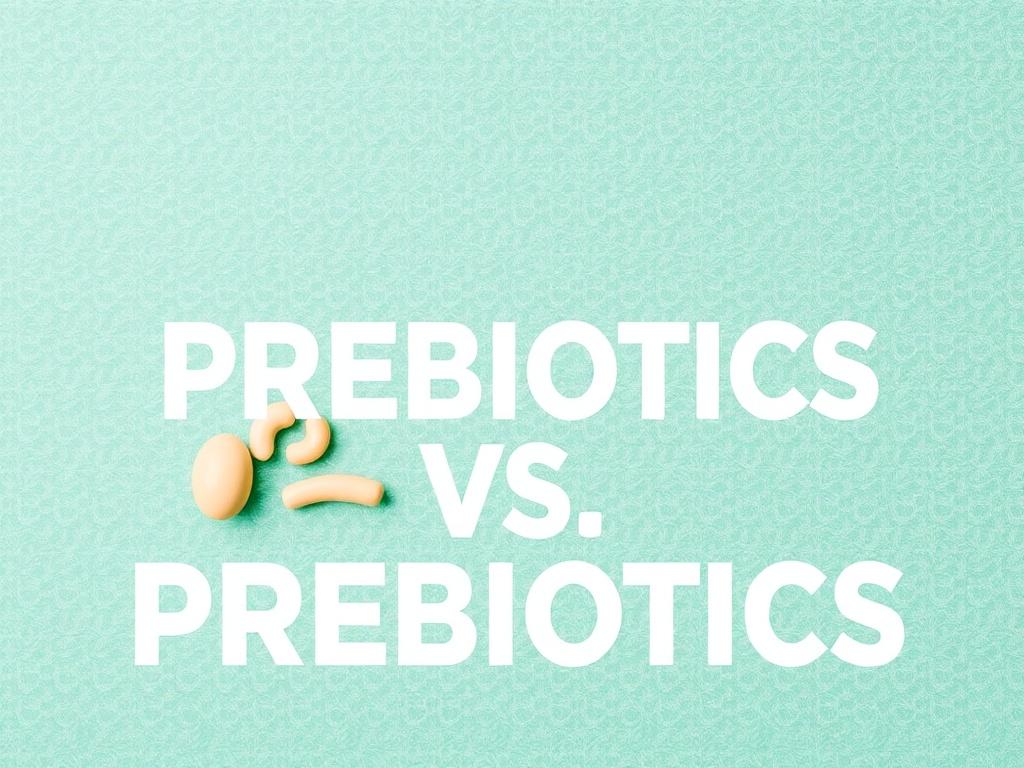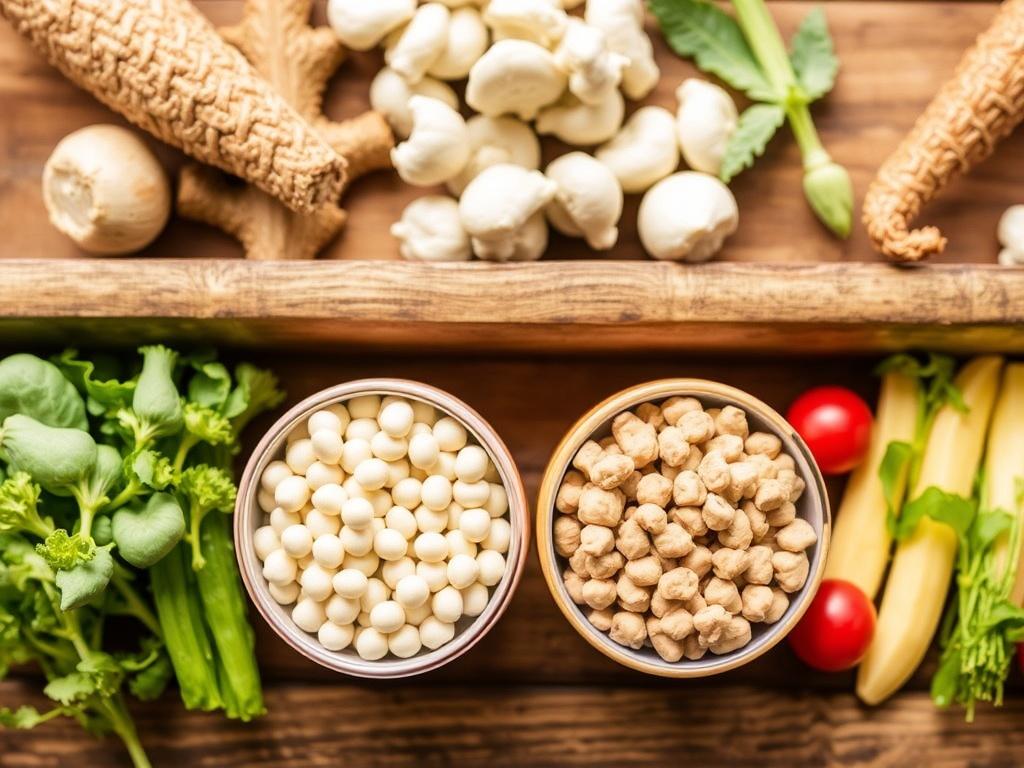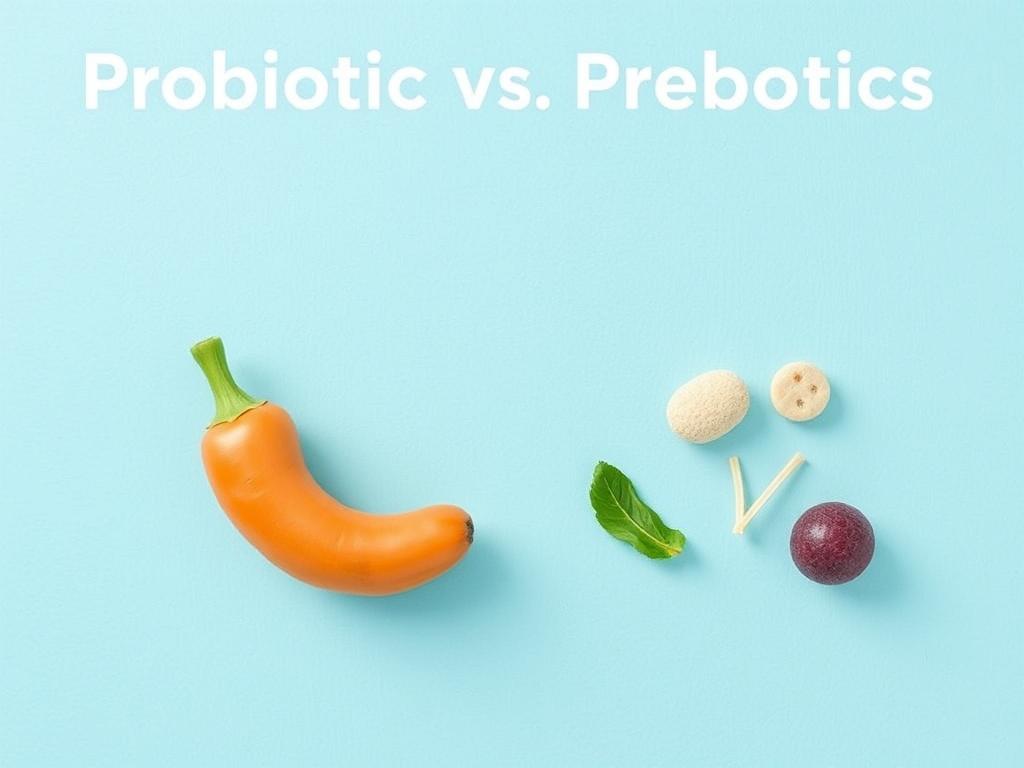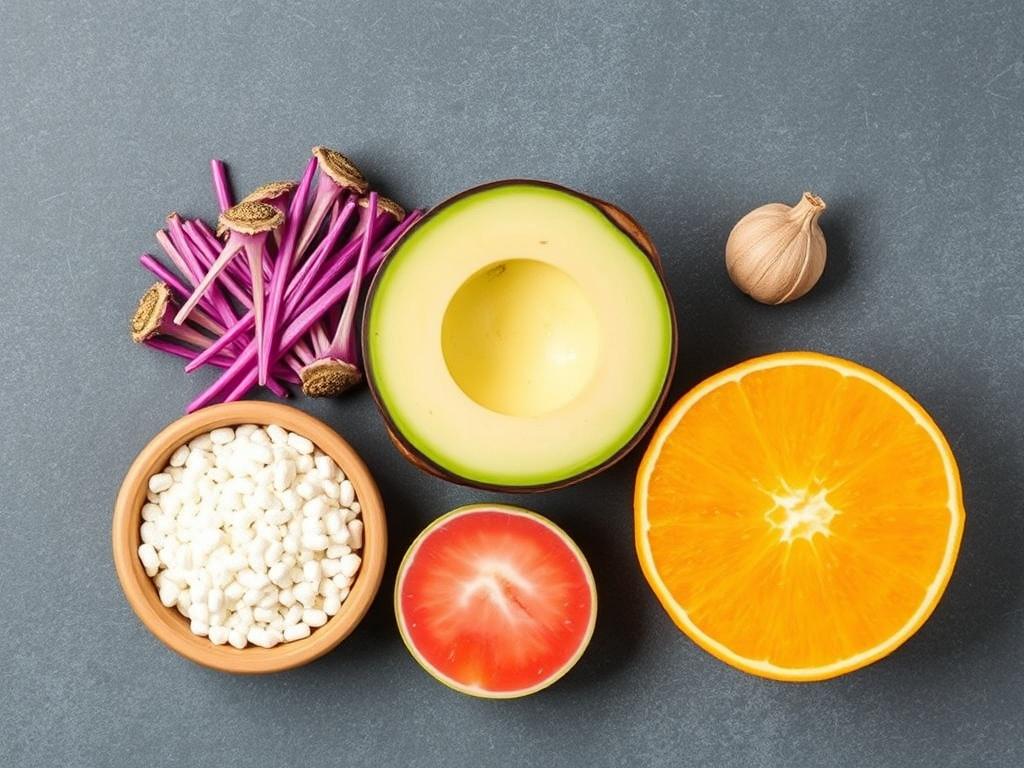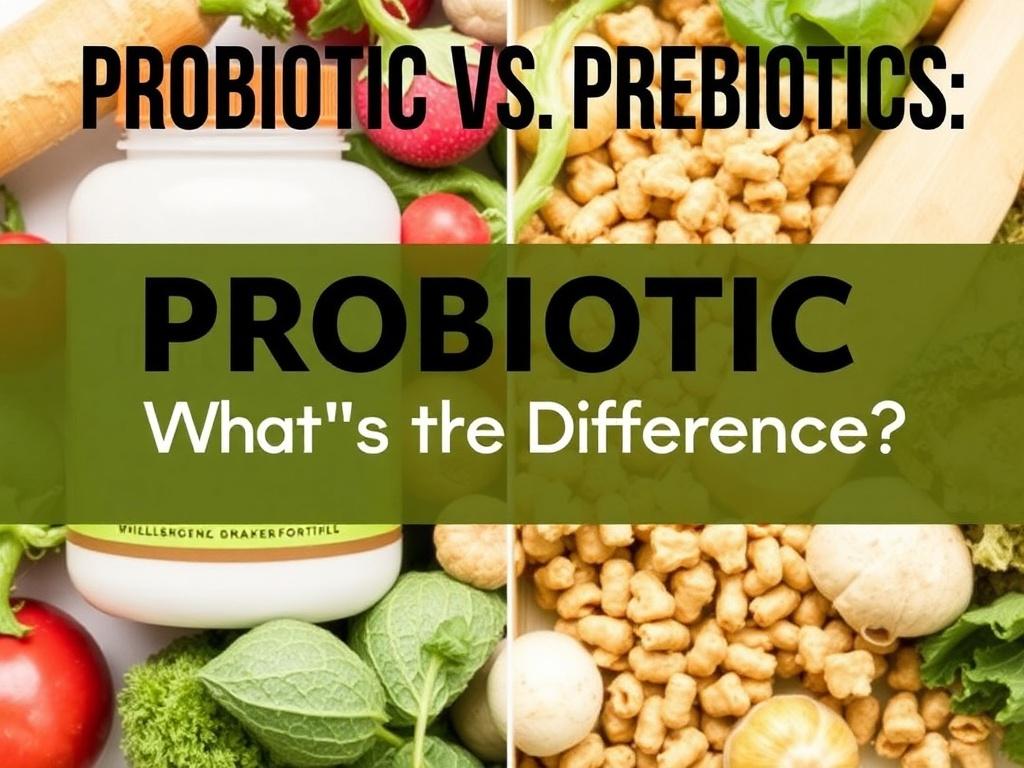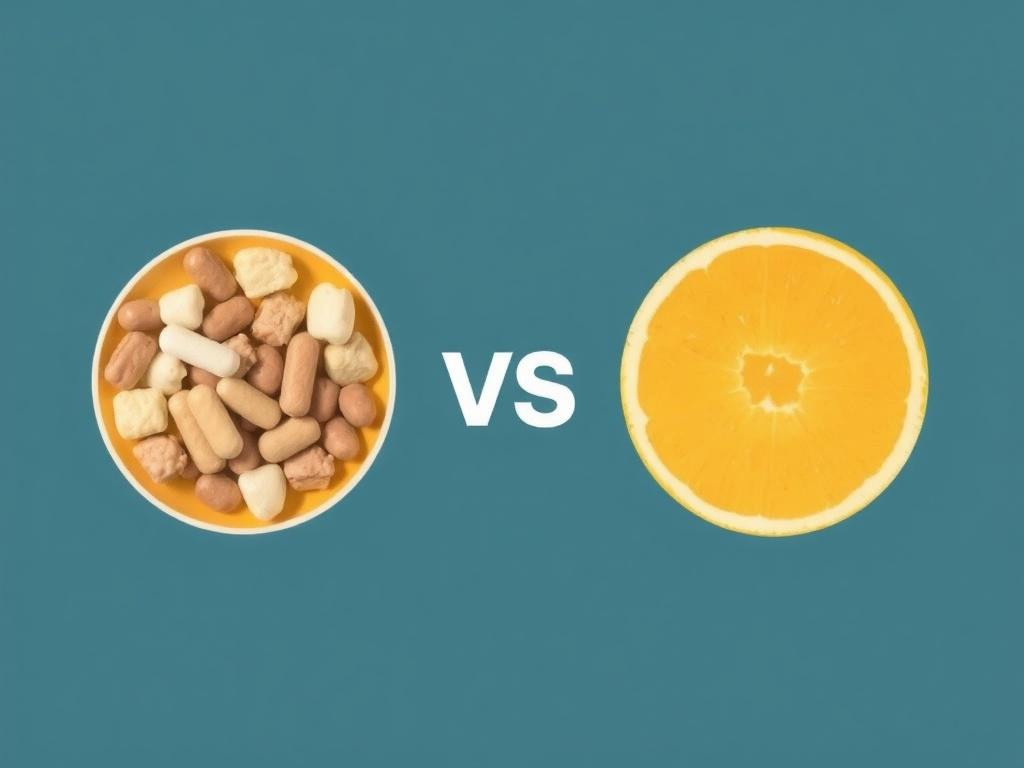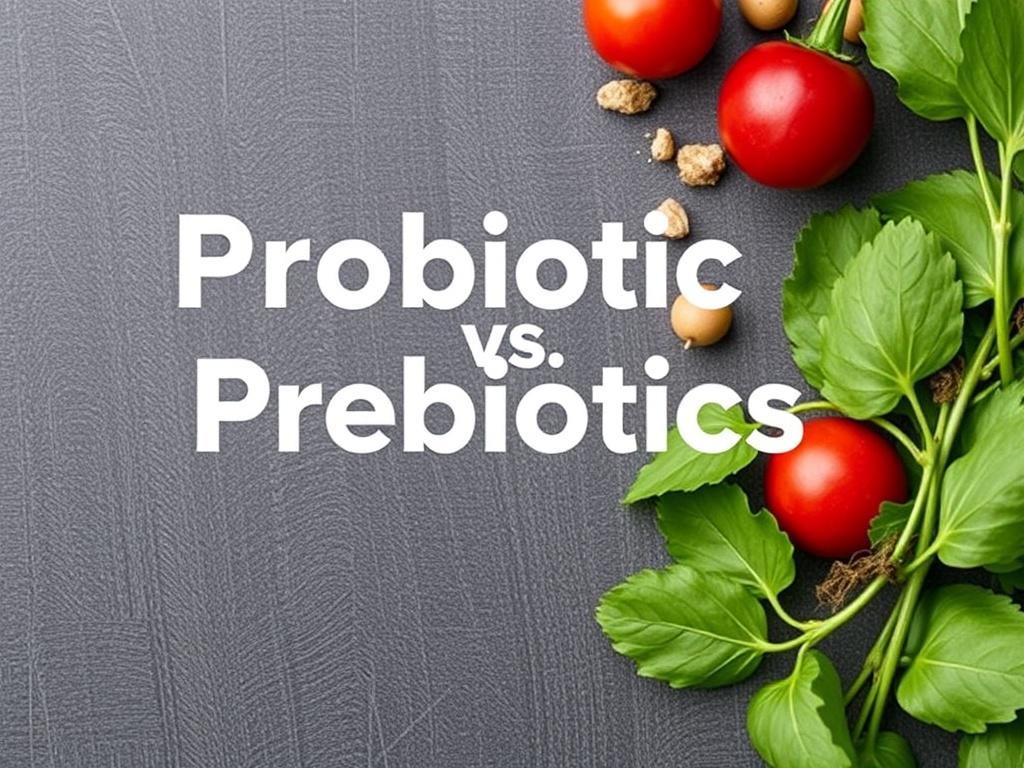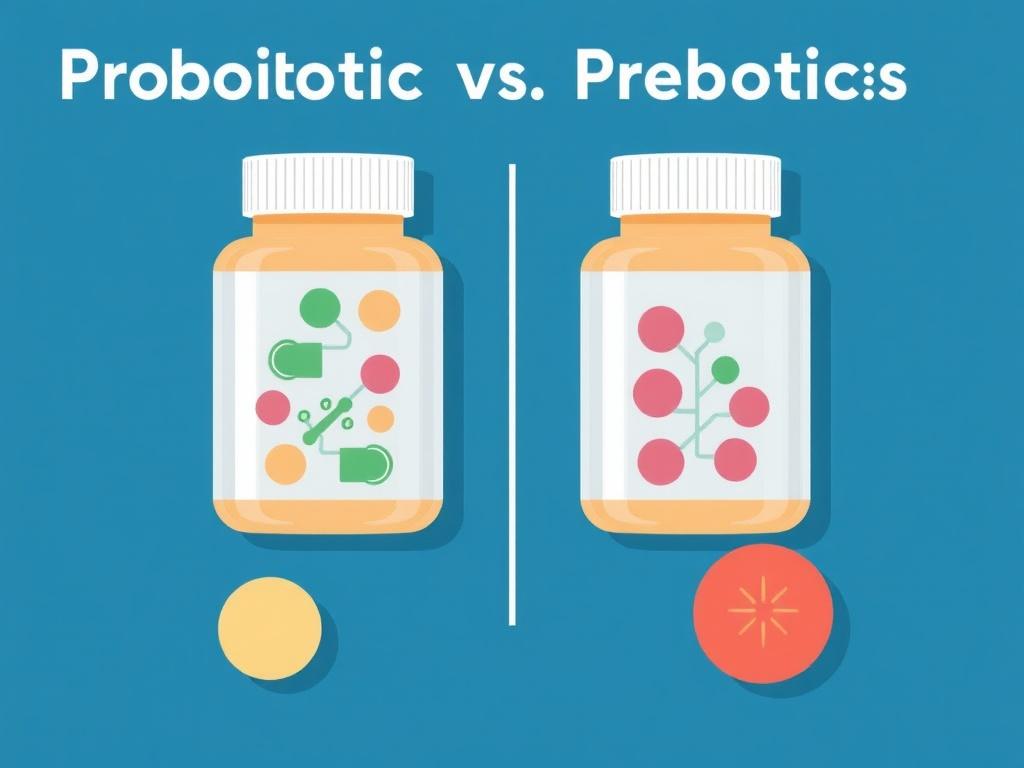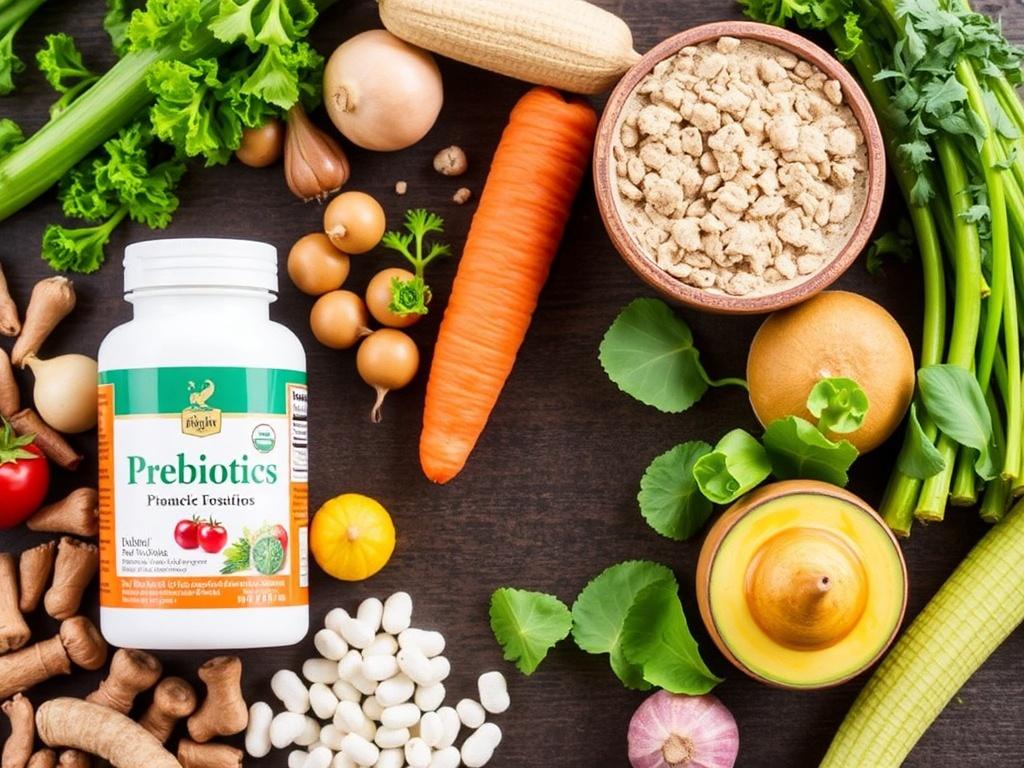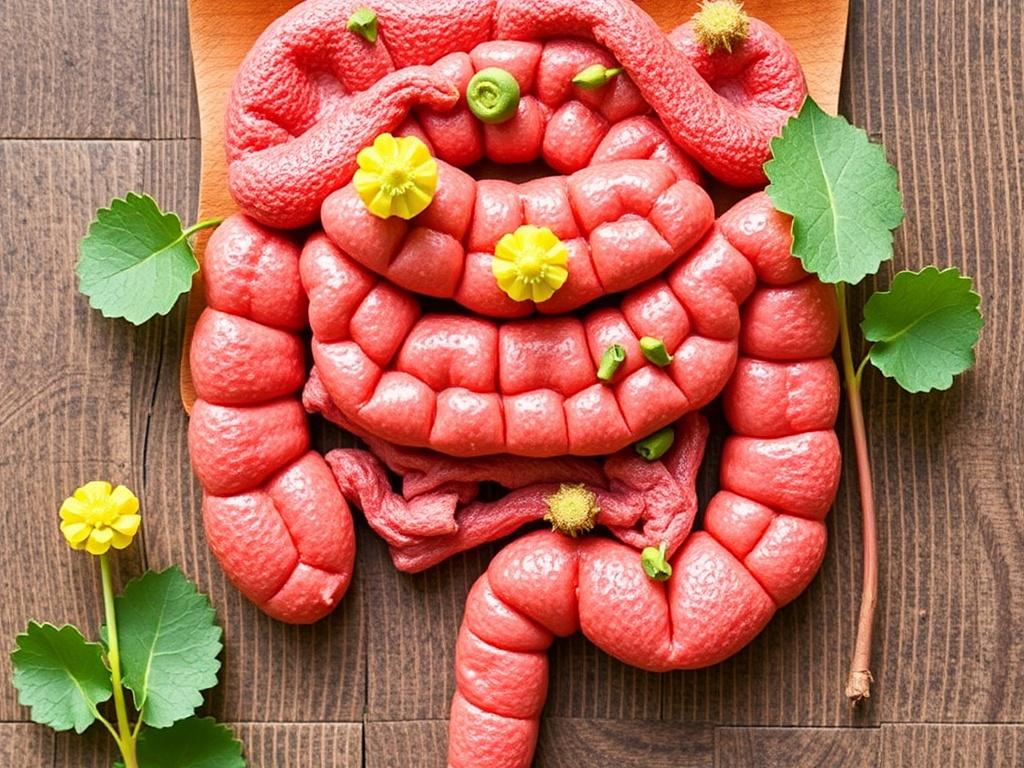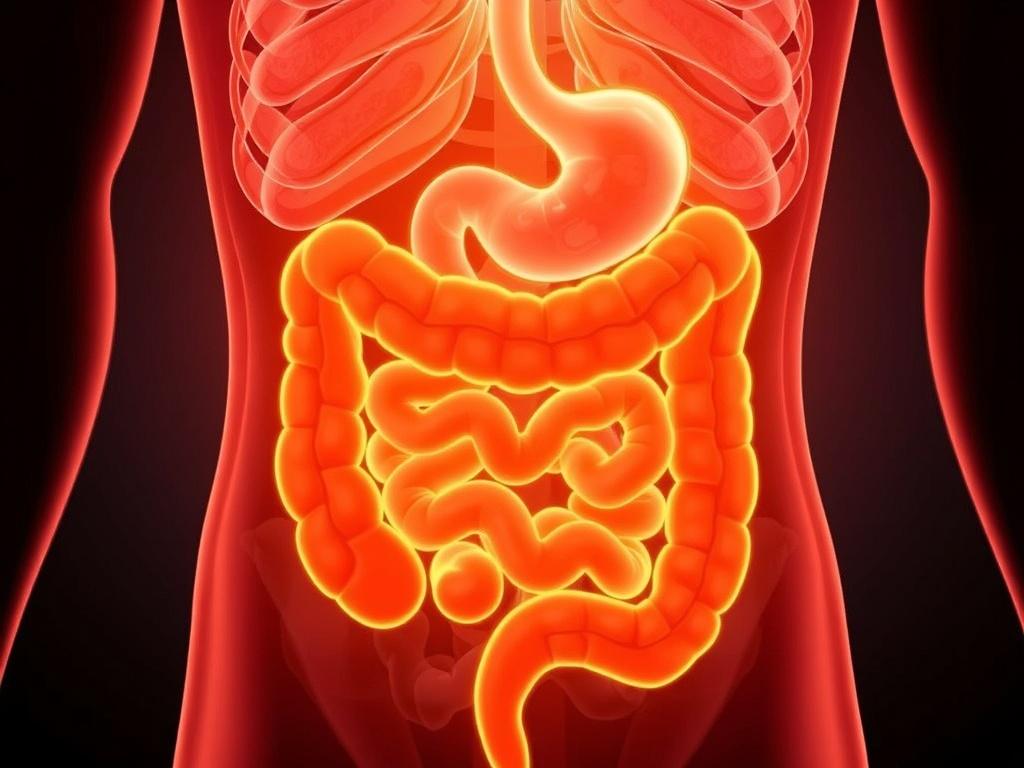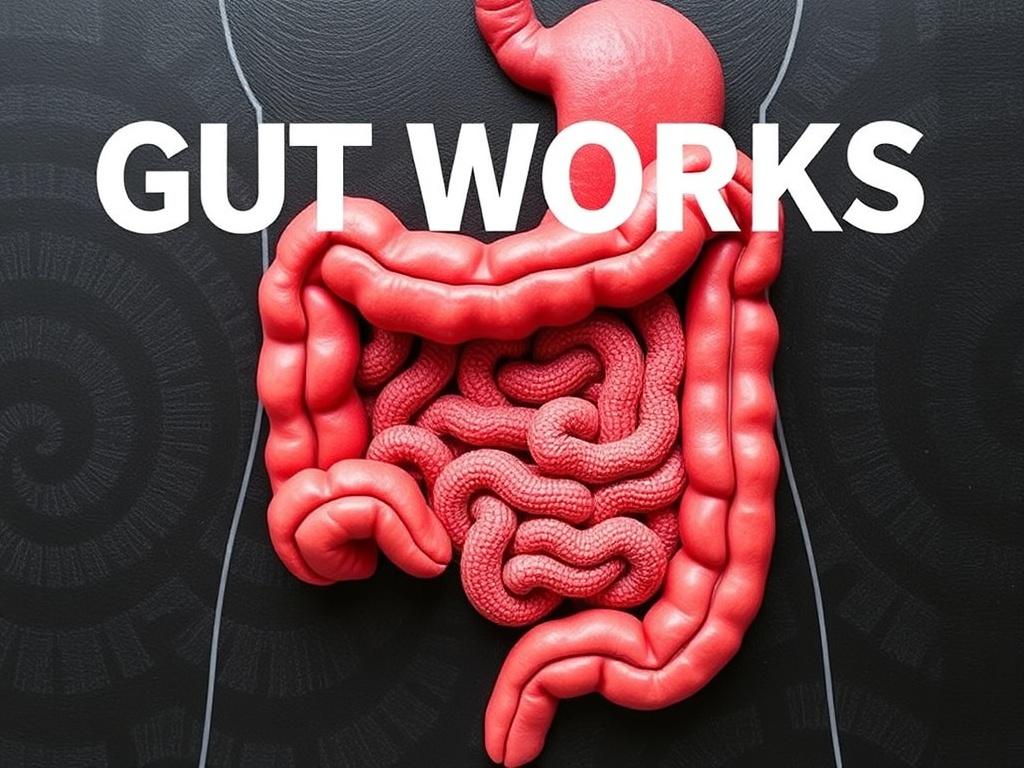Introduction to Probiotics and Prebiotics
When it comes to gut health, you may have heard the terms probiotics and prebiotics thrown around, sometimes interchangeably. However, these two are not the same. Both play crucial roles in maintaining a healthy digestive system, but they work in very different ways. To understand how to support your gut microbiome effectively, it’s important to learn the differences between probiotics vs. prebiotics. These buzzwords appear on many food labels and supplements, promising better digestion, immune support, and overall wellness. But what exactly are probiotics and prebiotics? And how can you incorporate the right balance of both into your diet?
This article will take a closer look at probiotics vs. prebiotics, breaking down their definitions, benefits, food sources, and how they complement each other. Whether you’re new to gut health or looking to deepen your knowledge, this guide will help you make informed choices that can improve your digestive wellness and more.
What Are Probiotics?
Probiotics are live beneficial bacteria and yeasts that naturally reside in our digestive tract. Often called “good bacteria,” they help maintain a balanced microbiome by fighting off harmful pathogens, aiding digestion, and supporting the immune system. Probiotics are found naturally in fermented foods and are available as dietary supplements, making them easy to add to your daily routine.
One of the most common types of probiotic bacteria belong to the Lactobacillus and Bifidobacterium families. These microorganisms help break down food, absorb nutrients, and strengthen the gut barrier. Incorporating probiotics into your diet can help manage digestive conditions like irritable bowel syndrome (IBS), diarrhea, and even some allergies.
The Benefits of Probiotics
Probiotics offer numerous health benefits beyond just aiding digestion. Here are some key advantages:
- Support gut health by maintaining a balanced microbiome
- Enhance immune system function
- Reduce symptoms of some digestive disorders such as IBS and lactose intolerance
- Help prevent and treat diarrhea, especially antibiotic-associated diarrhea
- Potentially improve mental health by influencing the gut-brain axis
Knowing these benefits can motivate you to include more probiotic-rich foods in your diet.
What Are Prebiotics?
Prebiotics, on the other hand, are non-digestible food ingredients that nourish and feed the good bacteria already present in the gut. Unlike probiotics, prebiotics are not live microorganisms — they are types of dietary fiber found in certain plant-based foods. When these fibers reach the large intestine, they serve as food for probiotics and other beneficial microbes, helping them thrive and multiply.
Prebiotics play a fundamental role in shaping the gut environment, supporting physical and immune health indirectly by fostering a vibrant community of good bacteria. Common prebiotics include inulin, fructooligosaccharides (FOS), and galactooligosaccharides (GOS).
The Benefits of Prebiotics
By fueling probiotic bacteria, prebiotics contribute to gut health and overall wellness in several ways:
- Promote the growth of beneficial gut bacteria
- Improve mineral absorption, such as calcium and magnesium
- Support immune function and reduce the risk of infections
- Help regulate bowel movements and prevent constipation
- May assist in controlling blood sugar levels and appetite
By consuming enough prebiotic-rich foods, you create a nurturing environment that helps probiotics do their job better.
Comparing Probiotics vs. Prebiotics: An Overview
Although probiotics and prebiotics work toward the same goal—optimal gut health—their roles are distinct yet complementary. To clarify their differences, here is a side-by-side comparison:
| Feature | Probiotics | Prebiotics |
|---|---|---|
| What are they? | Live beneficial bacteria or yeasts | Non-digestible dietary fibers that feed good bacteria |
| Function | Add good bacteria to the gut | Fuel the existing good bacteria |
| Food sources | Yogurt, kefir, sauerkraut, kimchi, miso, tempeh | Bananas, onions, garlic, asparagus, chicory root, whole grains |
| Health benefits | Improve digestion, boost immunity, prevent infections | Support bacterial growth, enhance mineral absorption, promote bowel regularity |
| Forms available | Fermented foods, supplements (capsules, powders) | Whole foods, fiber supplements |
Understanding this distinction is crucial when making dietary decisions or choosing supplements. Relying on probiotics alone without adequate prebiotics may limit their effectiveness, as the good bacteria need fuel to flourish.
How Do Probiotics and Prebiotics Work Together?
Probiotics and prebiotics have a symbiotic relationship, meaning they mutually benefit each other. When you consume both, this combination is often called a synbiotic. A synbiotic ensures that probiotics arrive in your gut and then have the nourishment needed to survive and multiply. This synergy improves the gut microbiome, leading to better digestive health and immune function.
Think of probiotics as the workers and prebiotics as their food. Without the right fuel, the workers can’t perform at their best. Similarly, without the workers, prebiotics have no one to feed. Maintaining enough intake of both can help restore balance when the gut flora is disrupted by illness, antibiotics, or poor diet.
Benefits of Synbiotics
Research suggests that combining probiotics and prebiotics may enhance the individual benefits of each. Some benefits include:
- Stronger gut barrier and improved digestion
- Enhanced prevention and treatment of gastrointestinal diseases
- Better immune response and decreased inflammation
- Improved metabolic health, including blood sugar control
- Potential positive impacts on mood and cognitive function
Many modern functional foods and supplements now include both probiotics and prebiotics to maximize these advantages.
Top Food Sources of Probiotics and Prebiotics
Knowing where to get probiotics vs. prebiotics in your diet helps support a healthy gut naturally. Here is a useful list illustrating common foods rich in these components:
Probiotic Food Sources
- Yogurt: Contains live cultures like Lactobacillus and Bifidobacterium
- Kefir: Fermented milk drink with diverse probiotic species
- Sauerkraut: Fermented cabbage with beneficial bacteria
- Kimchi: Spicy fermented Korean vegetables rich in probiotics
- Miso: Fermented soybean paste used in soups
- Tempeh: Fermented soy product with live bacteria
Prebiotic Food Sources
- Bananas: Particularly unripe bananas contain resistant starch
- Garlic: Contains inulin and fructooligosaccharides
- Onions: Rich in inulin and FOS fibers
- Asparagus: High in inulin
- Leeks: Another good source of prebiotic fibers
- Chicory root: Extremely high in inulin fiber
- Whole grains: Such as barley and oats
Choosing Supplements: Probiotics vs. Prebiotics
Sometimes diet alone may not suffice, especially if you suffer from digestive disorders or have recently taken antibiotics. Supplements can provide targeted support. But should you choose probiotics vs. prebiotics or both? That depends on your health goals.
Probiotic Supplements
Probiotic supplements contain live bacteria strains and are often measured in colony-forming units (CFUs). When selecting a probiotic supplement, consider:
- Strain diversity: Multiple strains may offer broader benefits
- Dosage: Typically ranges from 1 billion to over 50 billion CFUs per serving
- Storage requirements: Live cultures may need refrigeration
- Reputable brand with clinical studies supporting their strains
Prebiotic Supplements
Prebiotic supplements mainly include fibers like inulin or FOS. These can be added easily to smoothies or drinks. Consider:
- Type of prebiotic fiber: Some may cause bloating or gas, so start low
- Dosage: Usually recommended gradually to prevent digestive discomfort
- Pure fiber vs. blends combined with probiotics (synbiotics)
When to Use Synbiotic Supplements
If you want the combined benefits of probiotics and prebiotics, synbiotic supplements are a convenient option. These are especially useful for restoring gut health after illness or antibiotics, or when digestive issues persist. However, it’s always a good idea to consult a healthcare professional before starting any supplement routine.
Common Myths About Probiotics and Prebiotics
There are plenty of misconceptions that can confuse anyone looking to improve their gut health. Let’s debunk a few common myths around probiotics vs. prebiotics:
- Myth: All probiotics are the same.
Fact: Different strains have different effects and benefits. - Myth: Prebiotics cause bloating and should be avoided.
Fact: While some may cause gas initially, most people tolerate prebiotics well with gradual introduction. - Myth: Probiotics immediately change your gut bacteria.
Fact: Probiotic effects depend on persistence in the gut, and consistent intake is needed. - Myth: You don’t need prebiotics if you take probiotics.
Fact: Without prebiotics, probiotics lack fuel and effectiveness may diminish. - Myth: More CFUs always mean better probiotic supplements.
Fact: Higher CFUs are not always better; quality and strain specificity matter most.
How to Incorporate Probiotics and Prebiotics Into Your Daily Life
Building a gut-friendly diet doesn’t have to be complicated or expensive. Small, consistent changes can make a big difference. Here are some practical tips to help you find the right balance between probiotics vs. prebiotics:
- Start your day with probiotic-rich yogurt or kefir: These are delicious and easy ways to boost good bacteria.
- Add prebiotic veggies to your meals: Incorporate garlic, onions, or asparagus into your cooking regularly.
- Snack on bananas or whole grains: Both provide prebiotic fibers naturally.
- Try fermented foods: Experiment with kimchi, sauerkraut, or miso to diversify your gut flora.
- Consider supplements when necessary: If dietary changes aren’t enough or you have specific health issues, speak to a healthcare professional about synbiotic supplements.
- Stay hydrated and exercise: Both support digestion and overall gut health.
The Future of Gut Health: Probiotics, Prebiotics, and Beyond
The science around probiotics vs. prebiotics continues to evolve rapidly. Ongoing research is exploring personalized nutrition plans based on individual microbiomes, the development of next-generation probiotics, and the role of prebiotics in managing chronic diseases like obesity, diabetes, and mental health disorders.
Emerging areas include:
- Postbiotics: Beneficial metabolites produced by probiotic bacteria that may have health effects
- Psychobiotics: Probiotics targeting the gut-brain axis to support mood and cognition
- Precision microbiome medicine: Tailored supplementation based on gut microbiome analysis
These advances point to a future where managing your gut health with probiotics and prebiotics is more personalized and effective.
Conclusion
In the journey toward better digestive health and overall wellness, understanding the difference between probiotics vs. prebiotics is essential. Probiotics introduce new beneficial bacteria to your gut, while prebiotics provide the nourishment these good bacteria need to flourish. Together, they work in harmony to maintain a balanced microbiome, improve digestion, bolster immunity, and positively impact many aspects of your health. By including probiotic-rich fermented foods and fiber-packed prebiotic foods in your diet regularly, or considering appropriate supplements, you can support your gut’s complex ecosystem in a natural and effective way. Embracing both means you’re not just feeding your body but nurturing the microscopic community that plays a vital role in your health every day.
Читайте далее: